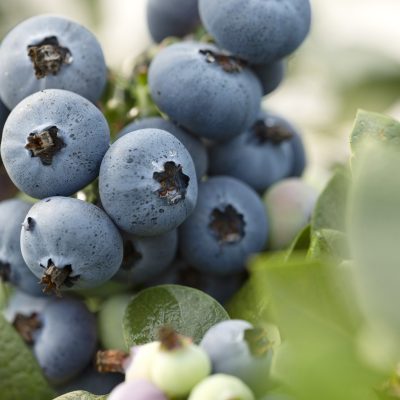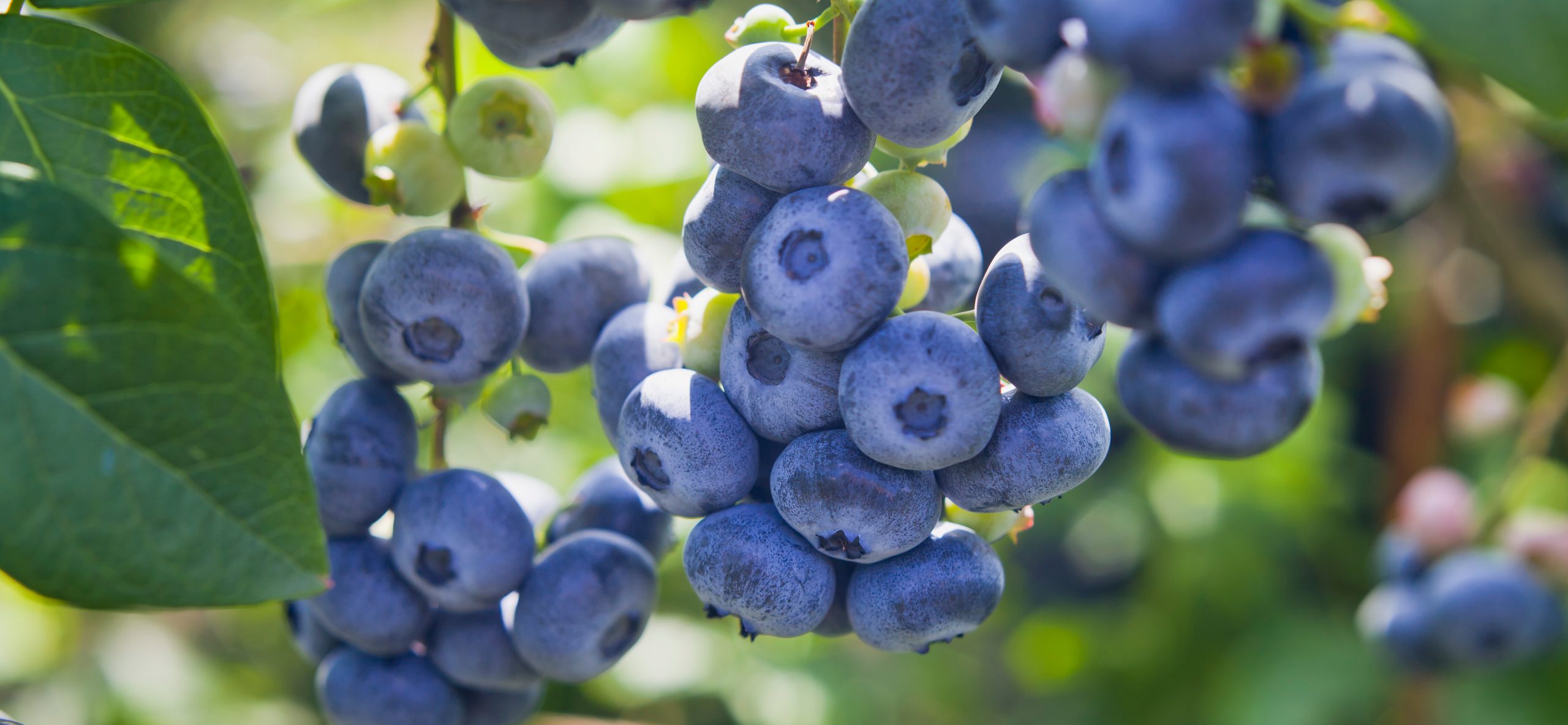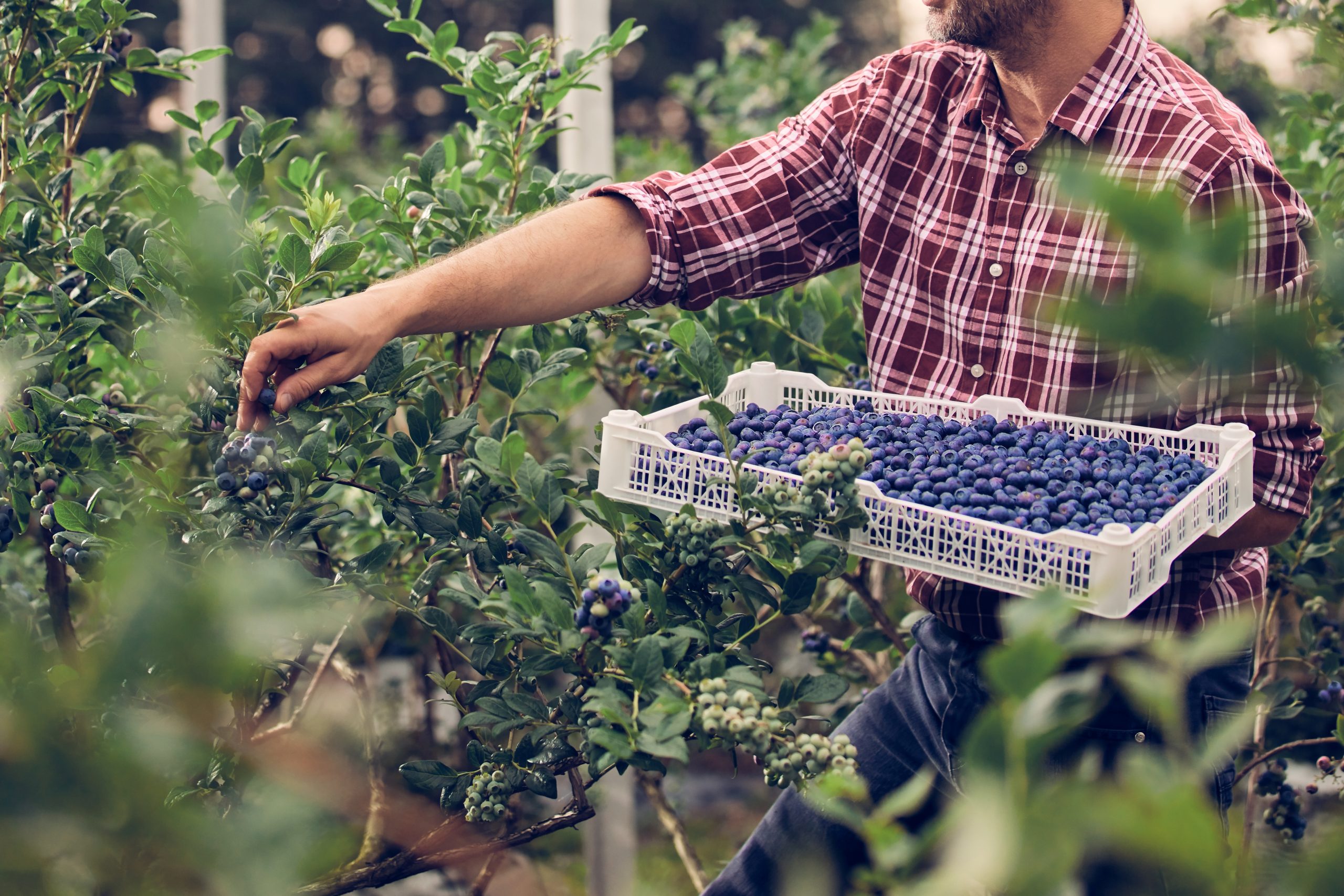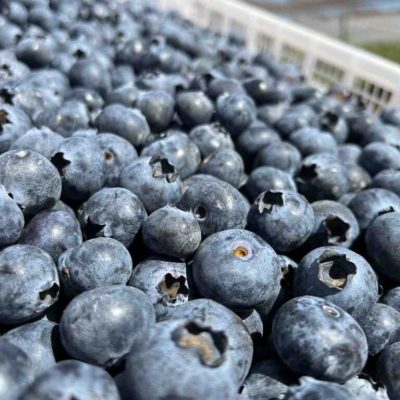US: Southeast berry growers expect rebound from 2018
Southeastern blueberry growers, after two years of weather-related low harvests, are optimistic but cautious about a normal season.
 In Georgia last year, sharp declines came after March frosts damaged fruit that set early during an atypically warm winter.
In Georgia last year, sharp declines came after March frosts damaged fruit that set early during an atypically warm winter.
Joe Cornelius, president of J&B Blueberry Farms Inc. in Manor, Ga., harvested only 200,000 pounds last year, down from his typical 1.25 million pounds. He grows primarily fresh berries on 170 acres in Manor.
This year’s weather has been “pretty good” so far, Cornelius said, and berries in the bud stage also look good. He expects a more typical harvest — bar a late frost — starting around April 15, peaking in May and ending in late June or early July.
Production fell to 150,000 pounds last year, the second low year, for Johnnie Swain, chief executive officer of Swain Foods, who markets fruit from a total of about 250 acres (including his own farm and other growers) in Patterson, Ga.
He installed overhead frost protection sprinkler systems over his fruit, and is now anticipating more than 1 million pounds this season if the weather remains moderate.
Berries should start around the end of April, with highbush peaking in the first two weeks of May and rabbiteye in mid-June, Swain said. Harvest should end mid-July.
But recent warm days could precede another late March frost.
“Weather is more unpredictable; it’s been a bigger challenge,” Swain said.
In 2018, Georgia produced 50 million pounds, according to the North American Blueberry Council; 30 million in 2017 and 67 million in 2016.
The volumes pale in comparison to 2015’s 85 million pounds.
Brandon Wade, president of the Georgia Blueberry Growers Association in Alma, Ga. and operations manager for Alma Nursery & Berry Farms, harvested only 700,000 pounds of fresh berries and 1 million pounds for the frozen market last year.
This season, he expects 2.5 million pounds of fresh highbush and rabbiteye berries and 600,000 pounds of frozen from about 400 acres — with good blueberry weather.
He added 20 acres and replaced 40 acres of older plants, he said.
Wade expects to start picking around April 5. With two varieties, he expects peaks around May 12 and the first week in June, finishing at the end of the month.
“There’s a lot more irrigation and freeze protection, and more mature (plants), so we should expect 75 million pounds as a state if we have a freeze,” he said. “If not, then right around the 100 million mark.”
With production down last year, pricing was up slightly, Wade said.
Last year, the average weekly shipping point price for Georgia blueberries was $27 per flat on April 28, $32 on May 6, $30.50 on June 2 and $20 on June 9, according to the U.S. Department of Agriculture.
Grower Jerome Crosby, chairman of the Georgia Blueberry Commission in Manor, is concerned for another late frost and that fields still wet from significant rainfall late last year are ripe for disease.
“We’re going into this season with a lot of conditions,” he said.
Otherwise, adequate volumes and good quality should allow Georgia to meet market demands, Crosby said.
Florida outlook
In Florida, Grand Junction, Mich.-based Naturipe Farms expects to start limited harvesting around March 11, peaking during March’s last week and April’s first week, said Brian Bocock, vice president of product management.
He expects a solid crop with a slight bump up in harvest volumes.
“We’ve had a good amount of chill hours, which is why I can say with confidence we should have a good healthy crop,” Bocock said.
Also, in Florida, Wish Farms Inc. in Plant City expects to do about four million pounds this year from the 600 acres of its roughly 19 contract growers, said Teddy Koukoulis, director of blueberry operations.
Harvest should begin around March 15, peaking in the first week to 10 days of April, and the fruit harvested north of Gainesville will likely go to Memorial Day, Koukoulis said.
Katiana Valdes, marketing director for Crystal Valley Foods, Miami, Fla., said the company anticipates a smooth transition as its Chilean deal will end by late March and Florida starts with first harvest by mid-March, building from there. Crystal Valley will be sourcing from Florida March through May, Georgia from April through June or early July, and Alabama from May through June.
“In order to be a year-round marketer of berries it is imperative that we source from the Southeast,” she said.
Crop prospects in the Southeast are strong, she said.
“If there are no weather interruptions over the next few weeks, we are expecting very good volume and quality from Florida,” Valdes said.
“A large crop is forecast for Georgia this year and a good season for Alabama as well. We will have good volume of organic blueberries from Florida and Alabama as well.”
Crystal Valley will be offering blackberries out of Georgia this season as a complimentary item, Valdes said.
“We have also redesigned our label on all of our berry items with a bold new look that calls out the benefits.”
Market
According to the USDA, average weekly shipping point pricing for Florida blueberries last year was $49 a flat on March 31; $29 a flat on April 28 and $30 on May 12.
In North Carolina, blueberry production from Blueberry Hill Farms’ 500 acres in Ivanhoe is typically 2 million pounds of mostly fresh fruit, but last year was 1.2 million pounds and in 2017 was 1 million pounds, said owner Chris Barnhill, also chairman of the U.S. Highbush Council.
He grows primarily southern highbush fruit for the fresh market.
This year, Barnhill expects 1.4 million pounds, but there is some Hurricane Florence damage, and the season is still too early.
“The only thing that gets us a little concerned is we had a hurricane in September,” he said, “and the negative is it blew the leaves off of bushes. In order to make fruit you need leaves.”
His blueberries usually harvest in mid-May, peak around June 1 and then finish around June 20.
The industry’s reduced berry volume last year helped boost his fruit’s average price to more than $3 a pound, Barnhill said, a dollar up over a normal year.
The price for a flat of berries on May 26 in North Carolina was $33, according to the USDA. By June 2 it was $30, by June 30 it was $17, and by July 14 it was $15.50.
A good year of blueberries for the state is about 60 million pounds, said Bill Cline, blueberry specialist with North Carolina State University.
According to the North American Blueberry Council, the state’s highest recent volume was about 50 million in 2015.
Growers are facing a “pretty good” season so far with 800 of the ideal 1,200 chill hours, he added — unless there is a late frost.
04/03/2019







